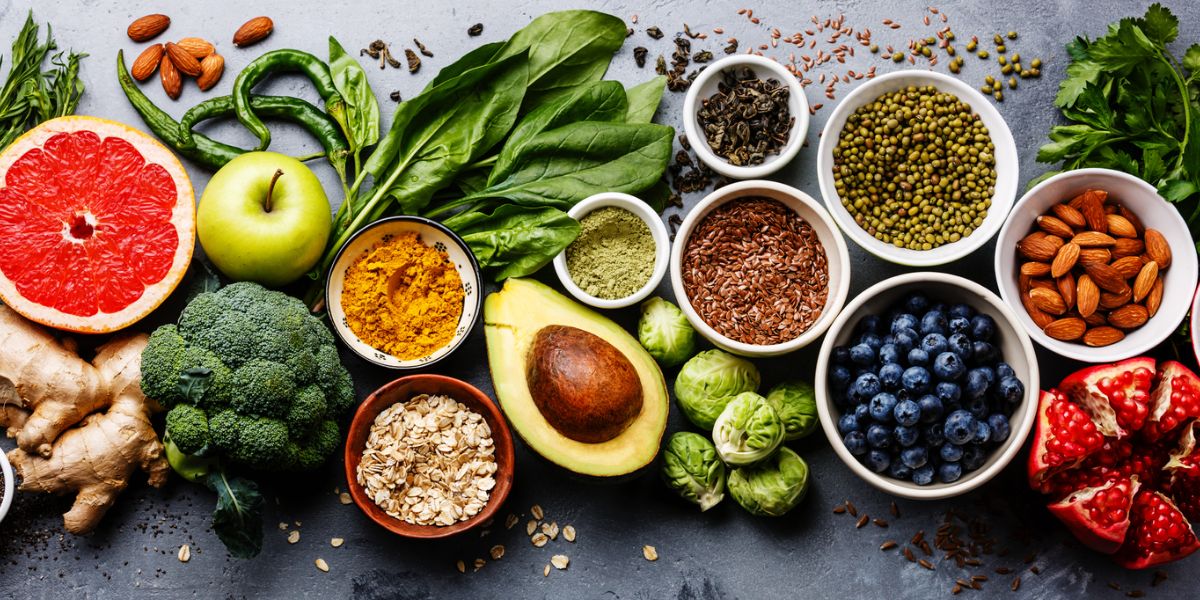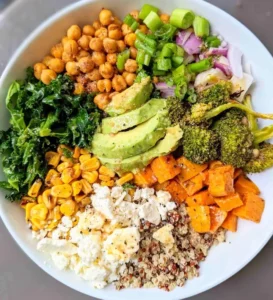The term “superfood” has gained immense popularity in recent years, often associated with ingredients that promise extraordinary health benefits. But what exactly qualifies as a superfood, and how much of the hype is grounded in reality? This article delves into the myths and realities behind some of the most celebrated superfoods, providing a clearer understanding of their true health benefits.

What Are Superfoods?
Superfoods are nutrient-rich foods considered to be especially beneficial for health and well-being. They are often high in vitamins, minerals, antioxidants, and other nutrients that can support a healthy body and mind. While there is no legal or medical definition of a superfood, the term is widely used in marketing to highlight foods with potential health benefits.
Popular Superfoods and Their Benefits
- Blueberries: Often touted as a powerhouse of antioxidants, blueberries are indeed rich in vitamins C and K and dietary fiber. The high level of antioxidants, particularly flavonoids, can help reduce oxidative stress and inflammation, potentially lowering the risk of chronic diseases.

- Kale: This leafy green is packed with vitamins A, C, and K, as well as calcium and other minerals. Kale’s nutrient density makes it excellent for supporting bone health, eye health, and the immune system.
- Quinoa: A complete protein source, quinoa contains all nine essential amino acids, making it a valuable plant-based protein. It’s also high in fiber, iron, and magnesium, which can support digestion, muscle function, and energy production.
- Chia Seeds: These tiny seeds are rich in omega-3 fatty acids, fiber, and protein. Omega-3s are known for their anti-inflammatory properties and benefits for heart health, while the fiber in chia seeds aids digestion and helps maintain stable blood sugar levels.
- Avocado: Avocados are high in healthy monounsaturated fats, which are beneficial for heart health. They also contain a variety of vitamins and minerals, including potassium, which helps regulate blood pressure.
Myths Surrounding Superfoods
 Despite their health benefits, superfoods are often surrounded by myths that can lead to misconceptions.
Despite their health benefits, superfoods are often surrounded by myths that can lead to misconceptions.
- Myth: Superfoods Alone Can Cure Diseases: While superfoods can be part of a healthy diet that supports overall well-being, they are not magic bullets that can cure diseases on their own. A balanced diet, regular exercise, and a healthy lifestyle are crucial for disease prevention and management.
- Myth: More Is Always Better: Consuming large quantities of superfoods does not necessarily equate to better health. For instance, too many chia seeds can lead to digestive issues due to their high fiber content. Moderation is key.
- Myth: Superfoods Are Exotic and Expensive: Many superfoods are marketed as exotic and pricey, but there are plenty of accessible and affordable options. Common fruits and vegetables like apples, spinach, and carrots also provide significant health benefits and can be considered superfoods in their own right.
The Reality of a Balanced Diet
Incorporating superfoods into your diet can certainly contribute to better health, but they should not replace a diverse and balanced diet. The healthiest approach is to eat a variety of foods that provide a wide range of nutrients. Whole grains, lean proteins, healthy fats, and a colorful array of fruits and vegetables should all be part of your daily meals.
Superfoods offer an array of health benefits and can be a valuable addition to your diet. However, it’s important to look beyond the marketing hype and understand that no single food can provide all the nutrients your body needs. Embrace superfoods as part of a balanced diet, and enjoy the health benefits they offer in conjunction with other nutritious foods. By doing so, you can achieve a well-rounded and healthy lifestyle.
